Prototyping is a process in which different concepts and ideas are brought from the paper to the digital designs by the design teams. In prototyping, initially, a prototype is designed. The prototype is the design sample, which the users visualize to develop the final product. Prototyping is considered the fourth step of the design thinking process.
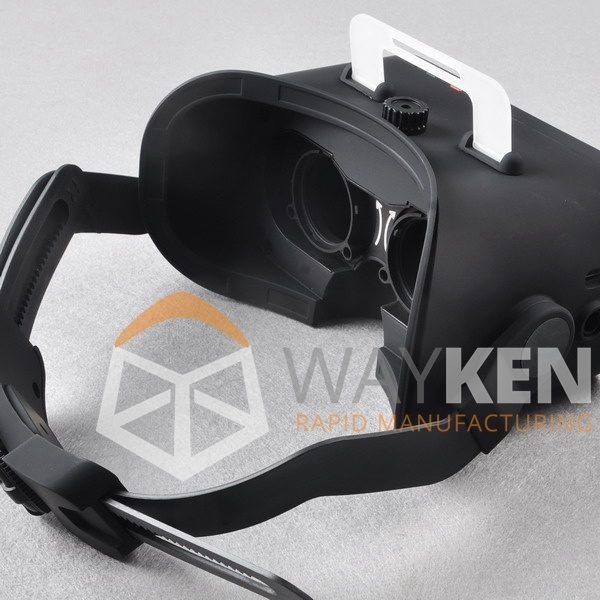
There is no need for a developer to create an industrial design prototype because it can be designed with several prototyping tools. As no developmental effort is required for developing a prototype, it dramatically reduces its cost and is also a time-saving process.
There are different reasons for the manufacturing of prototyping. Designing prototyping includes discovering problems, exploring new ideas, engaging stakeholders and end-users, and identifying usability issues. The prototyping process is inexpensive and quick, but it can be unrealistic and may result in inaccurate feedback due to the lack of experience. The types of prototypes include:
- Fast low fidelity models
- Functional models
- Formal models
- Pre-production model
- Hi-Fi models for presentation prototypes
The process of prototyping can use for designing different models. It can operate in industries. But now, due to the more advanced technologies and methods, prototyping is losing its value, and its usage is reduced to some extent.
What is Industrial Design Prototyping?
Industrial design prototyping is the making or designing of different models by hand. In this process, other hand-making models are formed. It is considered a bridge between the initial concept design stage and the production stage of manufacturing. It involves various applications, including visual presentation, engineering, production validation, functional usability, accurately communicating design intent, proof of working concept mechanisms, and material feasibility.
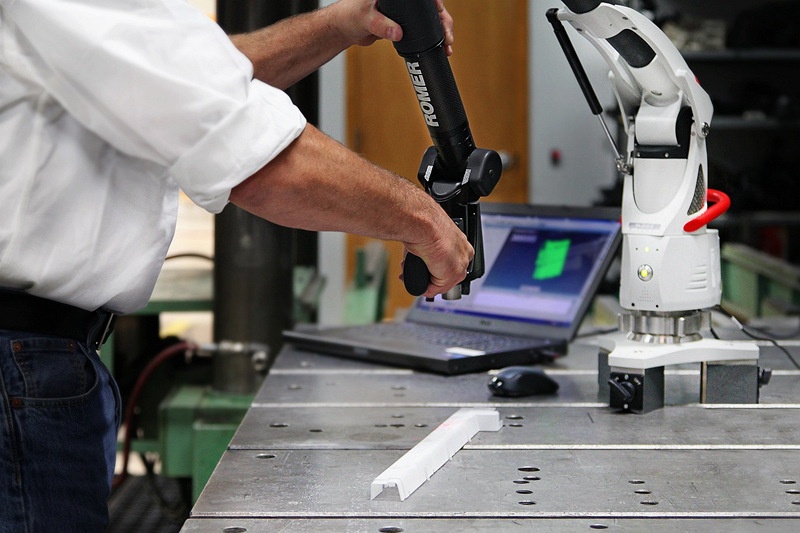
But now, the other developmental processes have taken the place of industrial design prototyping. These processes are more advanced than industrial design prototyping. The designed products are exported from digital software like fusion 360 into functional and physical samples in these processes. These valuable and physical samples are primarily used in market presentations and research. These latest processes are the main reasons for the loss of prototyping art. Now modern techniques have taken their place, and their value is decreasing day by day.
Different methods of the prototyping
Industrial design prototyping includes various methods. Following are the different types of industrial design prototyping.
- Iterative prototyping
- Rapid prototyping
- Parallel prototyping
The detailed information on the methods of industrial design prototyping is discussed below. It will be helpful for you to know about prototyping and its methods used in various sectors.
1: Iterative prototyping
In iterative prototyping, a product design is created from the prototype. After making the product design, it is tested for its functionality and usability, and then it is revised if it does not work correctly. After the conclusion of the testing, a new iteration is designed by the research team, and then it is manufactured for testing.
After manufacturing the new iteration, the old iteration is no longer used. The old iteration is either put aside or may be thrown out. It is usually performed practical and can help quickly identify the problems in the designs. But, depending on the required iteration number, iterative prototyping can be money wastage and expensive.
Evolutionary prototyping is a version of iterative prototyping. It helps to remove the iteration if evolutionary prototyping is required. It involves refining the first iteration, resulting in improvements in the first iteration. Due to the refining of the first iteration, it becomes the final product.
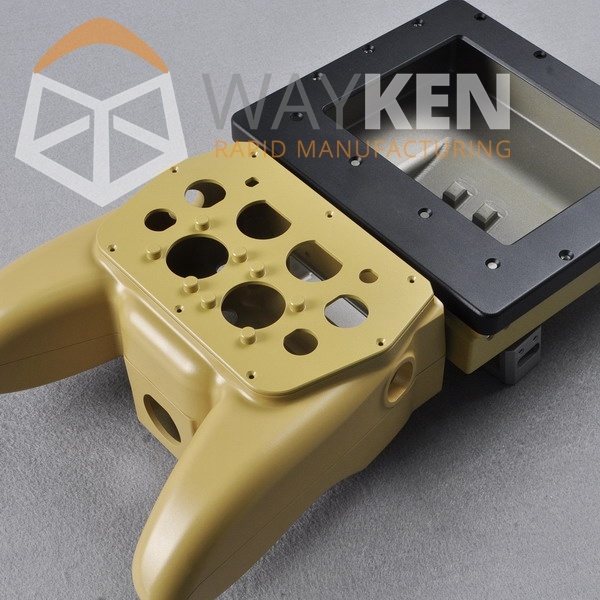
2: Rapid prototyping
Rapid prototyping is the latest method of product design testing. This method is considered accessible and fastest for product designers who access the 3D printing technology and CAD software in homes. Innovative technologies such as 3D printing and CAD software are used in rapid prototyping.
It helps create a seamless data transfer from the computer to the printer. This method is cost-effective and inexpensive.
Rapid prototyping saves time and does not take much time like other methods. It involves the designing of the new product iteration during the daytime. After designing, overnight, it is printed.
3: Parallel prototypes
Parallel prototyping differs from other methods as it is a concept-based method. It involves the current comparison of the different designs concepts and drafting and comparison of various designs. The comparison is made to get the best version before manufacturing the physical prototypes. The conceptual originality and creativity are promoted by the parallel prototype method. Because of the different contributing factors, a parallel prototype is an expensive method.
The rapid prototype is considered the best method among all these methods and has the most advantages over other methods. The main reasons are the quick access to 3D printers, speed, and cost of the rapid prototypes.
Applications of Prototyping in Industrial Designs
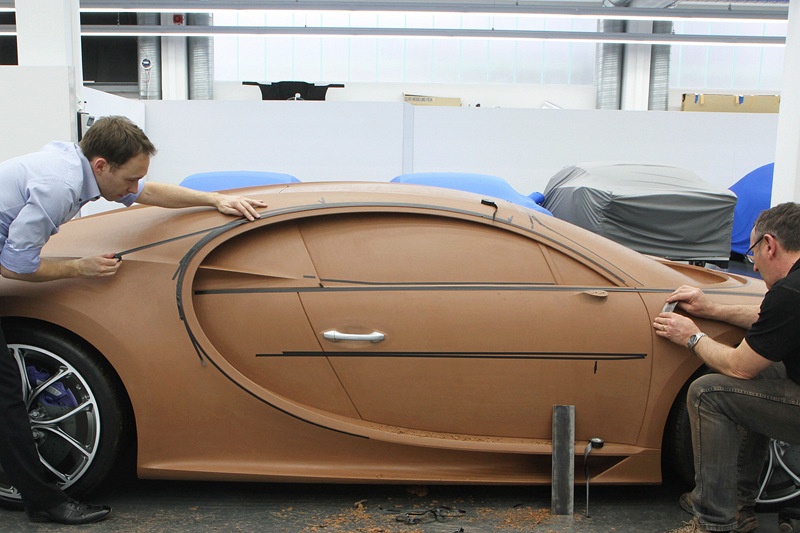
Prototyping is extensively used in industrial designs. All methods are beneficial, but rapid prototyping is considered the best. In industries, prototyping has many applications. Industrial design prototyping is widely used in different sectors such as medical industries, mechanical engineering, footwear designing, and electronics. Many valuable products are manufactured and designed in these industries that are vital for humankind.
Here are some essential and dominant applications of prototyping in industries.
Medical industry
In the medical industry, prototypes have the following applications.
- Rapid prototyping is extensively used in training, diagnosis, custom implant design and manufacture, and surgery planning.
- With the help of the physical models, the bone abnormalities are correctly identified, and the implant designers and surgeons entirely understand the anatomical issues.
- Rapid prototyping helps produce the specific results by converting the MRI results into CAD files and then analyzing these files with the help of the CAM software.
- Prototyping aids in the designing and developing of new medical products due to 3D-aided computer design and manufacturing.
- It proves helpful in research and also saves time.
Electronics
Some main functions of industrial design prototyping in the electronics industry are:
- The specific proper futuristic contour can be manufactured using rapid prototyping tools.
- It helps in the manufacturing of household electrical appliances.
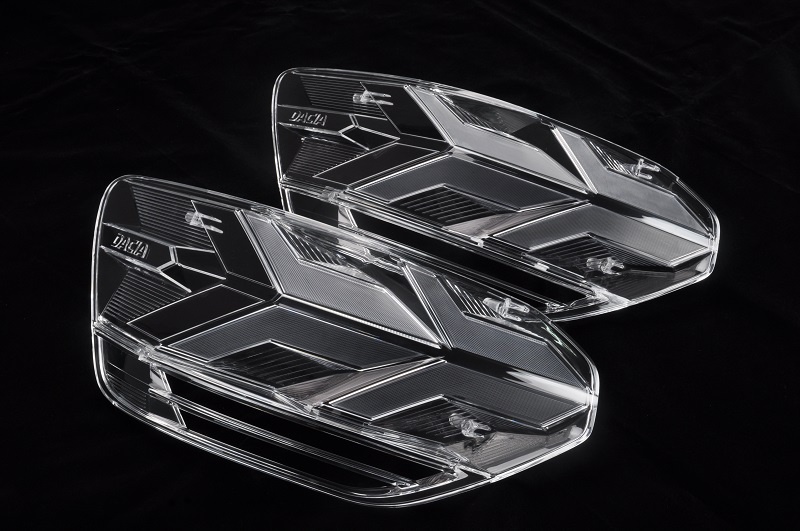
Mechanical Engineering
- A large number of mechanical models are formed and fitted with the help of rapid prototyping.
- In mechanical engineering, the functional prototypes are mainly used to prove the visualization and the concepts.
- Due to the prototyping, the flow analysis becomes easy.
- It helps in the identification of the stress concentration points.
- Rapid prototyping is widely used in the aerospace and automotive industries.
In footwear Designing
- The footwear constructed by the 3D printer is more lightweight and robust than the footwear built conventionally.
- The footwear designed through rapid prototyping is more comfortable for humans than other footwear.
Conclusion
Prototyping is a popular method of bringing the paper idea into digital or 3D designs or models. As a result of the prototyping, the prototypes are formed. A prototype can be a model or a sample. Industrial design prototyping includes designing and manufacturing by hand.
Initially, it was a widely used process, but now due to the other more advanced techniques and methods, it is replaced by them, and now it is considered the lost art of industrial designs. Industrial design prototyping is divided into different ways. These methods include parallel prototyping, rapid prototyping, and iterative prototyping.

